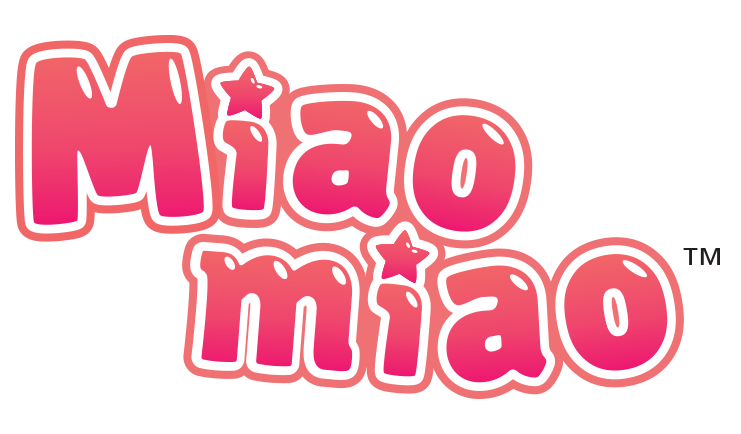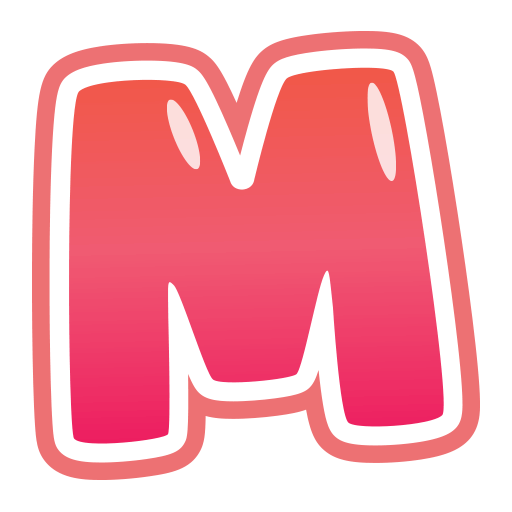Our staff at Miaomiao is a mix of English and Chinese speakers, and a tip we learned from one of our advisors completely changed the way our English speakers were able to connect with the Chinese vocabulary we teach in Miaomiao.
During a discussion about pronunciation, he suggested we try writing the word phonetically. A light bulb went on.
As we tried some words and phrases that had been challenging, suddenly the team became more comfortable and confident practicing new words and phrases and we made the decision that we needed to share phonetic spelling options for our Miaomiao audience.
Take a Picture
Pinyin: Zhao Xiang
Sounds like: Jaow Shee-yahng
I’m Sorry
Pinyin: Dui Bu Qi
Sounds like: Doy Boo Chee
There already is a system that uses a modern Latin alphabet to convey Mandarin Chinese words and sounds, and it’s called Pinyin. The benefits of Pinyin are that all Mandarin sounds have a standardized representation in familiar Latin letters. The system is widely used in Mandarin teaching, and it’s actually the primary system used by Mandarin speakers to type their own language on computer keyboards (with exceptions).
The problem is that it can take some time to learn Pinyin itself. Non-Chinese speakers that are first exposed to Pinyin often assume that the letters in Pinyin have the same sounds they are familiar with, which is not true for many letters. There are sounds in Mandarin that do not exist in other languages, such as English. So non-Mandarin speakers relying on Pinyin may speak unintelligibly if they aren’t familiar with the system.

We found this to be a barrier to learning, particularly with parents who wanted to learn along with their children and who did not already speak Mandarin or know Pinyin themselves. So we developed this phonetic system as an interim step.
The phonetic system does not replace Pinyin. Ultimately, Pinyin will be important to later Mandarin learning. Also, the phonetic sounds are a best effort to reflect Mandarin sounds using letters and formations that English speakers are already familiar with—they are not perfect. That said, we’ve tested them on non-Mandarin speakers, and we’ve found they help significantly to bring early Mandarin learners closer to Mandarin sounds.
We’ve also included Pinyin for those familiar with the system. Our hope is that a phonetic system can help remove one barrier and bring more people with a passion and interest for Chinese onto the path of learning the language.
Our goal is to help parents, teachers and children by showing them that Chinese words are easier than they look, and offering a guide to help sound out words and phrases. We’re building our own little Miaomiao dictionary, one word or phrase at a time, and we look forward to sharing it with you.
We hope that by sharing our phonetic spellings, others can enjoy that same experience.
The Miaomiao Team







